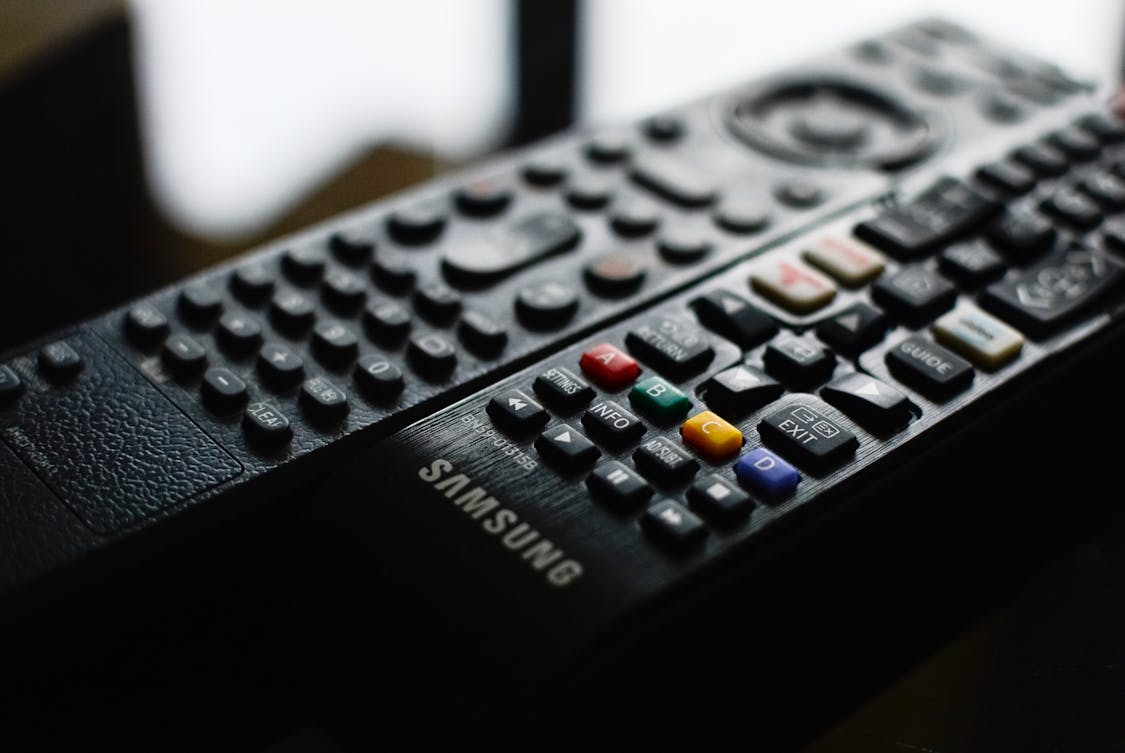It can be frustrating when your TV refuses to cooperate, especially during a much-anticipated movie night or while catching the latest game.
Before losing your cool or calling for help, there are some straightforward checks you can perform. These steps could save you time, money, and unnecessary stress. Here are five critical things to check if your element TV not turning on is the issue.
1. Power Supply Issues
First things first, ensure that your TV is plugged in correctly. Sounds simple, right? Yet, it’s easy to overlook. Check the power cord for any visible damage or fraying.
Even a slight kink in the cable can disrupt the electrical flow. If everything looks good, try plugging the TV into a different outlet to rule out outlet issues.
Next, inspect the power strip or surge protector, if you’re using one. Sometimes, these devices can trip or malfunction. If the power strip has an on/off switch, make sure it’s switched on.
You can also try bypassing the strip by connecting directly to the wall socket. This can help you identify if the power strip is the culprit.
Finally, if your TV is connected to a power source, check for any indicator lights. Most modern TVs have a small LED that lights up when powered.
If you’re not seeing any lights, it’s a clear sign that power isn’t getting through. Investigate the power settings and consult the user manual for further guidance on troubleshooting.
2. Remote Control Troubles

The remote control is often the first point of interaction with your TV. If your TV isn’t responding, your remote might be the problem.
Start by replacing the batteries in the remote. Weak or dead batteries can make it seem like the TV is unresponsive when, in fact, the issue is with the remote itself.
If replacing the batteries doesn’t do the trick, try using the physical buttons on the TV. Sometimes remotes just don’t want to play nice.
If the TV responds to its own buttons, you might have a faulty remote. Ensure there are no obstructions blocking the remote’s path to the TV. Any interference from other electronics can disrupt the signal.
Lastly, some remotes have a pairing process, especially smart TVs. If your remote and TV have previously been paired, but the connection has dropped, consult the TV’s manual for instructions on re-pairing. This step is often overlooked but can solve unresponsiveness quickly.
3. TV Settings and Modes
Sometimes, the issue might lie within the TV settings themselves. Some TVs have a “sleep mode” or “power-saving mode” activated. If you suspect this, try pressing the power button on the TV directly instead of the remote. This can wake it from its slumber.
Next, check if your TV is set to the correct input source. If you’ve recently connected new devices or switched cables, your TV might be on the wrong setting.
Cycling through the input options can bring you back to the right view. Use the buttons on the TV to navigate through the input settings if the remote isn’t responding.
Finally, if your TV has a reset feature, consider using it. This can often resolve minor software glitches that might be causing the TV to be unresponsive. Look for a reset option in the settings menu, but remember that this may reset all custom settings and preferences.
4. Physical Damage or Overheating
Another reason your TV might not turn on is physical damage. Inspect the screen and the casing for any signs of impact or cracks. A drop or bump can lead to internal damage that prevents the TV from functioning. If you notice any serious damage, it might be time to contact a professional for repairs.
Overheating can also be a sneaky culprit. If your TV has been running for an extended period, it might shut down to prevent damage.
Ensure there’s adequate ventilation around your TV. Dust and debris can block airflow, leading to heat buildup. Cleaning the vents and ensuring the TV isn’t crammed into a tight spot can help in this regard.
If overheating is suspected, let the TV cool down before attempting to turn it back on. Waiting a few minutes can sometimes make all the difference. Once it’s cooled off, try powering it on again and see if it responds.
5. External Device Conflicts
Lastly, if your TV is still unresponsive, look at any connected devices. Sometimes, external devices like gaming consoles, DVD players, or streaming boxes can cause conflicts. Disconnect all devices and try to turn the TV on again. If it powers up without any peripherals, you’ve narrowed down the issue.
Next, reconnect each device one at a time to see which one causes the TV to malfunction. It could be a simple matter of a faulty HDMI cable or a problematic device. Inspect all cables for fraying or damage as well. A loose connection can lead to the TV not detecting the device properly.
Lastly, ensure that all firmware for your external devices is up to date. Outdated software can sometimes lead to compatibility issues with the TV.
If you find a device causing the problem, check for updates or consider resetting the device to factory settings. This might resolve any conflicts and get everything back in sync.
By systematically working through these suggestions, you can often identify and fix the reason your TV isn’t turning on or responding. Keeping these checks in mind can help you enjoy your favorite shows and movies with minimal interruptions.















